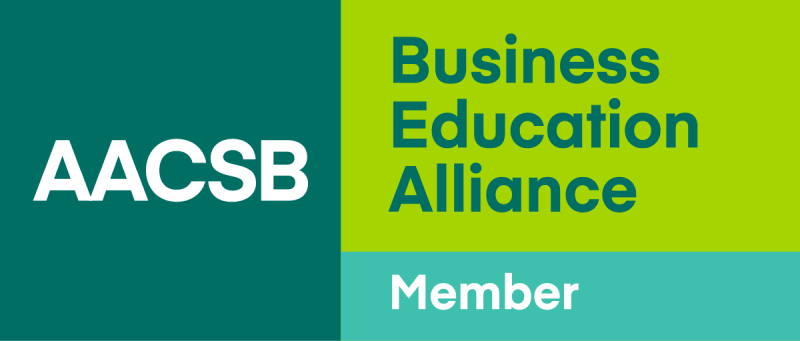Crafting a Third Place – Starbucks’ Strategy in Thailand’s Evolving Coffee Culture
Starbucks entered Thailand’s coffee market by adapting its global brand to local tastes while maintaining a premium image. How did it balance these competing demands to succeed?
At a glance
Country
Thailand
Annual Revenue (Thailand)
US$ 301 million
as of 2023
Annual Profit (Thailand)
US$ 31 million
as of June 2023
Stores in Thailand
501
as of June 2024
Abstract
Starbucks transformed Thailand’s coffee landscape by introducing a premium, lifestyle-oriented model that redefined coffee from a functional beverage into an aspirational experience. Entering the Thai market in 1998, Starbucks initially faced skepticism due to high prices and unfamiliar offerings, but it overcame these challenges by positioning its stores as “third places” that blended global standards with local cultural elements.
This case study explores Starbucks’ strategies for balancing global brand consistency with localization, including exclusive Thai-inspired beverages, festival-themed merchandise, and digital campaigns tailored to mobile-first consumers. It also examines how Starbucks leveraged premium pricing, flagship locations, and a strong digital ecosystem, including the Starbucks Rewards app, to build customer loyalty in a competitive market dominated by Café Amazon, 7-Eleven’s All Café, and a rising wave of independent specialty cafés.
All rights reserved. © 2025 Nikkei Business Lab Asia. No part of this publication may be copied, stored, or transmitted in any form. Copying or posting is an infringement of copyright.
Disclaimers:
(1) Regarding Case Study Content: This case study is based mainly on secondary data and analysis of publicly available information unless otherwise stated, and is intended solely for educational purposes. Any opinions expressed by the author(s) are designed to facilitate learning discussion and do not serve to illustrate the effectiveness of the company. Additionally, banner images and logos used in the case study are intended for visualization in an educational setting and it is not used to represent or brand the company. For any dispute regarding the content and usage of images and logos, please contact the team.
(2) Regarding University Affiliation and Titles of Authors: The university affiliation and titles of author(s) seen in the case study is based on their affiliation and title during the time of publication. It may or may not represent the current status of said author(s).
